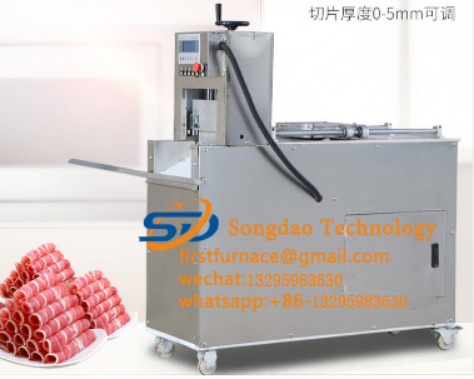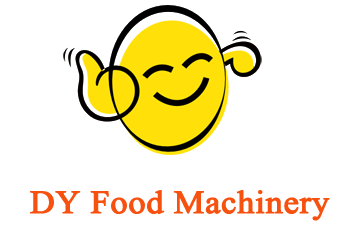- 10
- Mar
Otu esi eme nwa atụrụ slicer bee anụ n’ime mpịakọta
Otu esi eme nwa atụrụ slicer bee anụ n’ime mpịakọta
Everyone is already familiar with slicers. When we go to restaurants or hot pot restaurants to eat hot pot, the lamb we order is usually rolled up. This is how it is formed. This is also from the use of slicers. It’s just a mutton slicer specially used for slicing into rolls. Let’s take a look at the effect:
1. When I first used it, I couldn’t get the slicing effect that I wanted, and I couldn’t cut good-looking meat rolls. In fact, I didn’t understand the performance of the machine and the principle of slicing.
2. Ma slicer mutton nwere ike ịtụgharị na mpịakọta, ihe na-emetụta kpọmkwem bụ okpomọkụ nke anụ oyi kpọnwụrụ. Ọ bụrụ na okpomọkụ nke anụ ahụ adịghị ala nke ọma, a pụghị igbutu mpịakọta anụ ma ọ bụrụ na anụ ahụ ajụghị oyi nke ọma. Mpekere ahụ nwere ike ibelata mpekere dị oke mkpa ma na-aga n’ihu. Maka mpekere anụ, igwe ahụ nọ n’ọnọdụ nkịtị.
3. Generally, the temperature range of the mutton slicer is controlled at 0~-7℃. This temperature range can cut meat rolls, detect the degree of mutton freezing and slow meat methods, and master the performance and use of the machine.
Using the mutton slicer to cut the meat into rolls, we must first understand the performance characteristics of the mutton slicer. The combination of temperature and meat is required to present a good-looking mutton roll.

